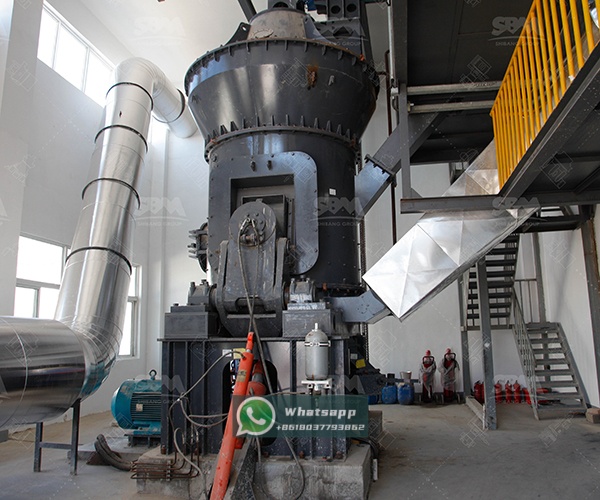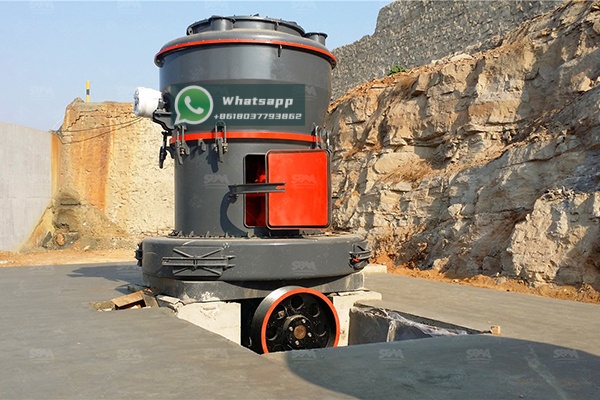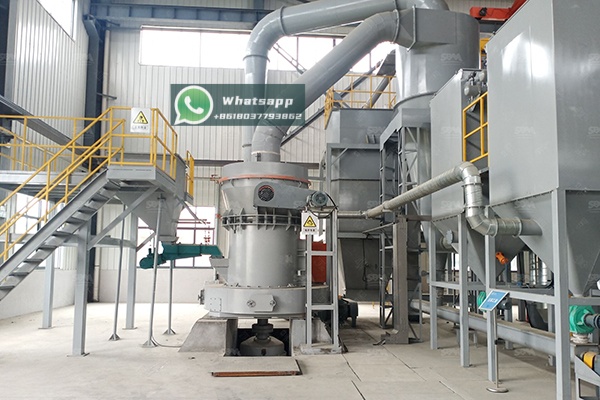The construction industry is undergoing a significant transformation driven by the urgent need for sustainable alternatives to traditional Portland cement. Geopolymer concrete and binders have emerged as frontrunners in this green revolution, offering superior mechanical properties, exceptional durability, and a dramatically reduced carbon footprint. These innovative materials are synthesized from aluminosilicate sources, such as fly ash, slag, or metakaolin, activated by an alkaline solution. However, the performance and reactivity of geopolymers are intrinsically linked to the fineness and particle size distribution of the raw materials. This is where advanced grinding technology becomes paramount.

Effective grinding is not merely a size reduction process; it is a fundamental step that activates the raw materials. The amorphous structure of aluminosilicate sources requires a high specific surface area to facilitate the dissolution and polycondensation reactions during geopolymerization. Inadequate grinding can lead to:
Therefore, selecting the right grinding equipment is crucial for producing high-performance, consistent, and commercially viable geopolymer binders.
Grinding materials for geopolymer production presents unique challenges that standard milling equipment may not adequately address. These challenges include:
Shanghai Zenith Machinery Co., Ltd., with its extensive expertise in industrial powder grinding, offers a range of robust and efficient solutions tailored to the demanding needs of the geopolymer industry. Our equipment is engineered to deliver the precise particle size control, high throughput, and operational reliability required for modern geopolymer production plants.

For large-scale production of geopolymer raw materials like granulated blast furnace slag (GGBS) and fly ash, the LM Vertical Grinding Mill stands out as an ideal solution. Its integrated design combines crushing, grinding, drying, powder selection, and conveying into a single, compact unit. This not only reduces the footprint of the plant but also enhances overall efficiency.
Key Advantages for Geopolymer Production:
We highly recommend the LM Vertical Grinding Mill series, particularly the LM190K model, for its balanced capacity and fineness control, making it perfect for medium to large geopolymer binder production facilities.
| Model | Plate diameter (mm) | Capacity (t/h) | Output fineness (μm) | Max feed size (mm) | Main motor (kW) |
|---|---|---|---|---|---|
| LM190K | 1900 | 23-68 | 170-40 | <45 | 500 |
When the application demands even finer powders, such as for highly reactive metakaolin or for grinding solid alkaline activators to improve their dissolution rate, the LUM Ultrafine Vertical Mill is the superior choice. This mill is designed specifically for producing ultra-fine powders with tight particle size distributions.
Key Advantages for Advanced Geopolymer Formulations:
The LUM Ultrafine Vertical Mill, for instance the LUM1125 model, is perfectly suited for specialized geopolymer products where maximum reactivity and performance are critical.
| Model | Main machine power (kW) | Capacity (t/h) | Size distribution D97 (μm) |
|---|---|---|---|
| LUM1125 | 110-132 | 0.7-4.5 | 5-30 |
| LUM1525 | 220-250 | 1.6-11.5 | 5-30 |

The successful commercialization and performance optimization of geopolymer concrete hinge on the ability to process raw materials to a precise and reactive fineness. Shanghai Zenith’s grinding solutions, particularly the LM Vertical Grinding Mill and the LUM Ultrafine Vertical Mill, provide the technological backbone required by this innovative industry. By offering energy-efficient, reliable, and highly controllable grinding processes, we empower producers to create superior geopolymer binders that meet the demanding standards of modern, sustainable construction. Partnering with Zenith means investing in grinding technology that is not only productive but also paves the way for a greener built environment.